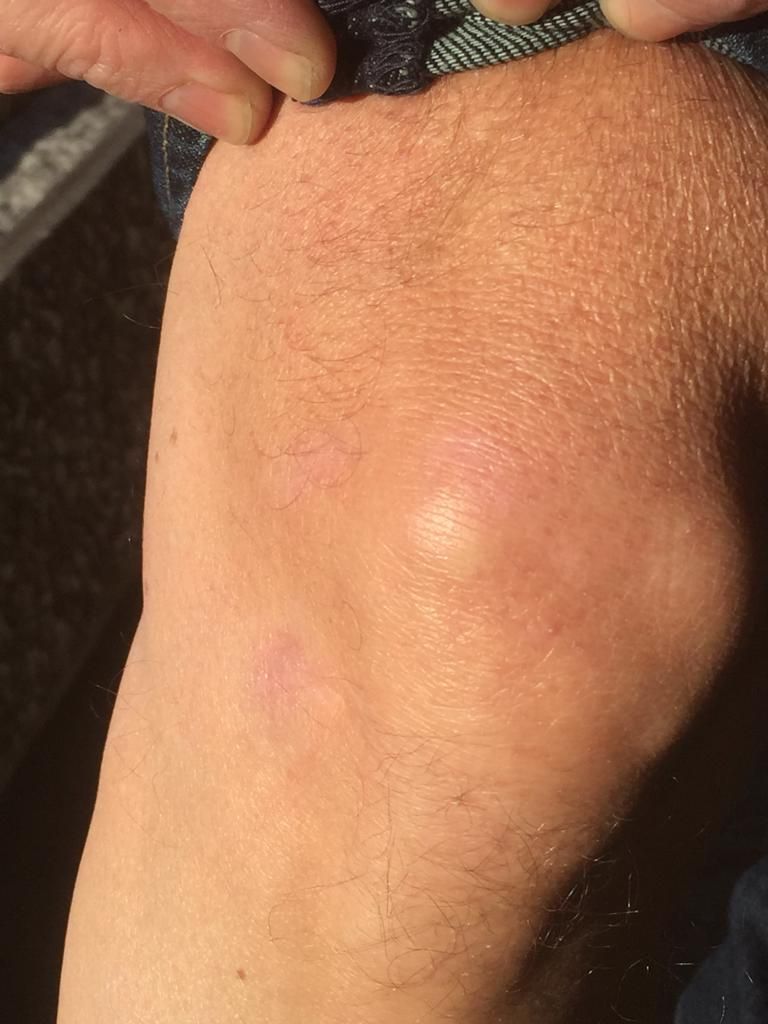

In an in-office setting, a straight-edge razor or a surgical #10 scalpel (it has a curved edge) is used by a licensed professional, such as a dermatologist, aesthetician, or a registered nurse at a medical spa, according to Benjamin. But it's really important to note there's a difference between in-office and at-home dermaplaning.
Schick dermaplane skin#
"Dermaplaning produces immediate results of even skin texture and tone," adds Kerry Benjamin, an aesthetician and the founder of StackedSkincare spa in Los Angeles. " is a great alternative to a chemical peel or microdermabrasion," Glot adds.Īs for the primary promised result? Supersmooth skin for days. As you scrape skin, dead skin cells are removed along with fine vellus hairs, a fancy name for good old peach fuzz. No anesthesia, skin lacerations, or the like is involved - not even a nick or cut. (Luckily, you don't need to go into hiding for a day while your face recovers.) It's the superficial use of the scalpel-esque tool that makes it safe. Even though a sharp blade is involved, the treatment is pain-free and leaves you with virtually no downtime. A sharp tool - not unlike a scalpel - is used to scrape off the top layer of the skin, says Stalina Glot, an aesthetician at Haven Spa in New York City. Simply put, dermaplaning is a form of exfoliation.

I wanted to learn a little (um, a lot) more about the process first, though. Since the little I knew of dermaplaning was that it makes skin smoother, I was game to give it a shot - especially in the confines of my own home. Thankfully, hair removal has nothing to do with it, says Neil Sadick, a board-certified dermatologist in New York City. And frankly, a small part of me was convinced I would be losing my identity to dermaplaning. Without it, I wouldn't have my long, curly hair and thick brows. But if I'm being honest, I've started to embrace my hairiness lately.


 0 kommentar(er)
0 kommentar(er)
